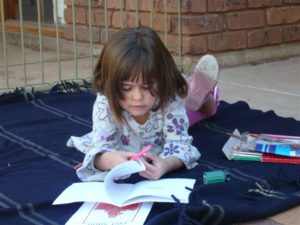For Teachers
In collaboration with Indigenous Elders in Central Australia, Margaret James, an ESL education specialist and singing teacher, has developed a set of 15 Honey Ant Readers for Indigenous learners. Elders, teachers, children and community have been particularly involved, fully supporting the project by sharing their stories, editing the illustrations, doing final proofing of the books and trialling the completed HARs.
Motivation for the Readers
The Honey Ant Readers were motivated by a desire to improve print literacy levels of Indigenous Australian students everywhere, but particularly those in remote areas. These Readers specifically address the need for appropriate early reading material for Aboriginal learners in the desert regions of Central and Western Australia. They also address the need for these students to acquire a sound knowledge of Standard Australian English (SAE) by including SAE songs and rhymes written specifically for Aboriginal English and Aboriginal language speakers.
Indigenous-language Speaking Learners
The HAR are a progressive series of 20 books. They assist Indigenous-language speaking learners with their early print literacy. Themes and stories are consistent with the reader's knowledge and experience of the world, their way of storytelling and their culture.
Suitable for Beginner Readers of all Ages
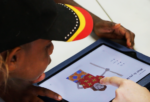 The HARs are written to assist Indigenous beginner readers of all ages with their print literacy. The HAR reading levels are not linked to age, but to individual progress. As the themes in the books cover traditional Indigenous activities or, in some cases stories passed down through the generations, older readers are comfortable reading the books without being made to feel ‘childlike’. They are written in sympathy with the lingua franca, the language the students share in the playground, light Aboriginal English.
The HARs are written to assist Indigenous beginner readers of all ages with their print literacy. The HAR reading levels are not linked to age, but to individual progress. As the themes in the books cover traditional Indigenous activities or, in some cases stories passed down through the generations, older readers are comfortable reading the books without being made to feel ‘childlike’. They are written in sympathy with the lingua franca, the language the students share in the playground, light Aboriginal English.
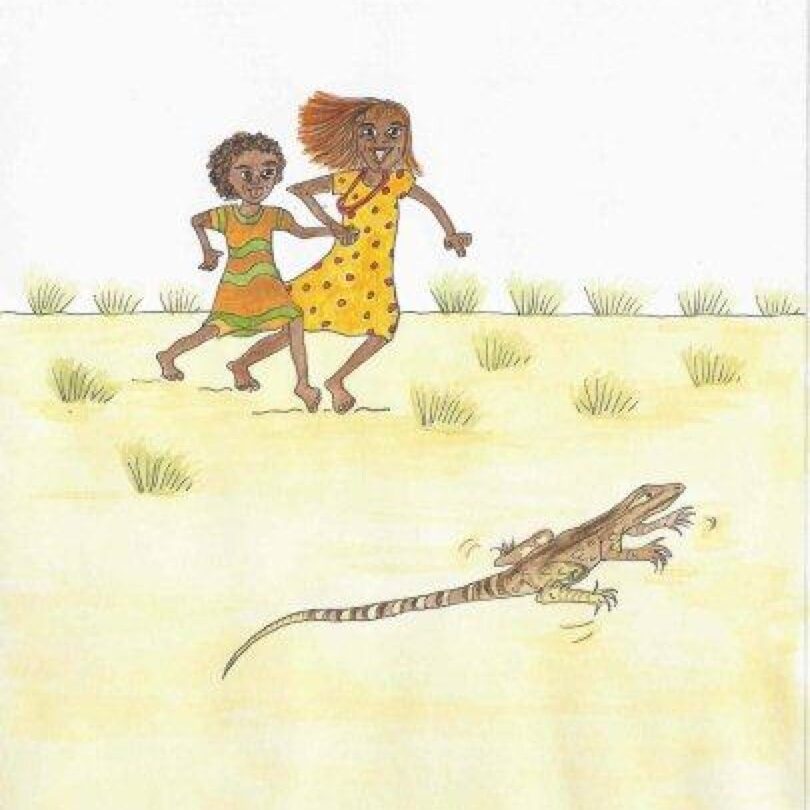
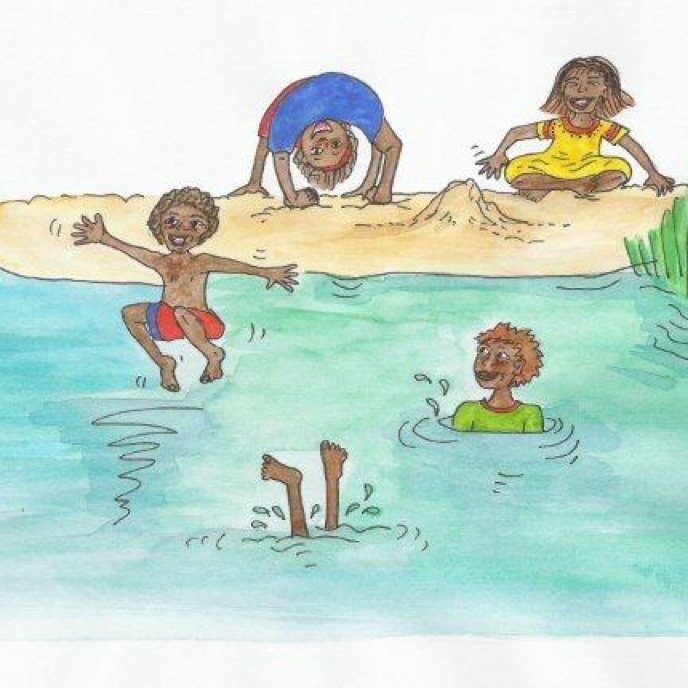
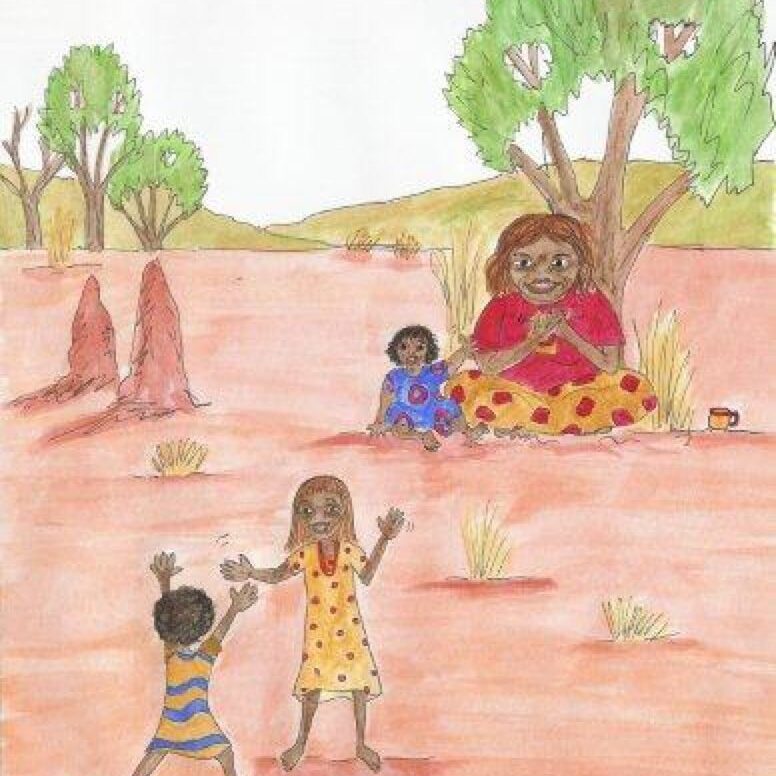
Aboriginal English
For many Indigenous people in Australia, Aboriginal English (AE) is a second first-language. Learning to read in first language has many known cognitive benefits. Legitimising a student’s first language also improves confidence, heightens self esteem and leads to feelings of security and well-being. This in turn leads to enhanced academic success.
The differences between Standard Australian English (SAE) and AE in terms of Syntax (grammar); Phonology (pronunciation); Semantics (meanings); Lexicon (vocabulary) and Pragmatics (how is it used) are considered in the HAR. As new words are introduced, the rationale for doing so is explained in the HAR Teacher's Book.
Natural Order of Acquisition of English as a Second Language
We have 2 editions of the HARs. In the first edition, the language of the HARs progresses from AE to colloquial SAE over 20 books. This is done with reference to the natural order in which we believe speakers of other languages acquire the morphemes of SAE, while allowing for differences due to the influence of AE. Simultaneously, oral SAE is taught through songs and rhymes which are provided at the back of each book. Details of this process are to be found in the HAR Teacher's Book.
Reading
The desired outcome of the books is reading, while the students are in the process of acquiring SAE. Acquisition of SAE will be assisted as learners progress through the series and take part in SAE classroom activities, songs and rhymes. Once they can read, learners will readily transfer that skill to reading in another language with the same alphabet, such as SAE or their own Indigenous languages.
Compounding Vocabulary
The vocabulary in the HAR builds in complexity and volume throughout the series, without the stories themselves becoming longer or more complex. Keeping the length of each book short enables the learners to read them in a reasonably short amount of time, giving them the satisfaction of successfully completing a task.
Phonological Awareness
Studies show that awareness of sounds in words is highly correlated with reading ability. The consonant sounds which are found in Central Australian languages are introduced into the HAR first. Unfamiliar consonant sounds are introduced in later books e.g. /sh/ The first books draw attention to individual sounds by only introducing phonic words; words in which there is a one-to-one correspondence between the letter and the sound, for example d-i-g.
- HAR 1 to 4 contain only the SAE short vowel sounds.
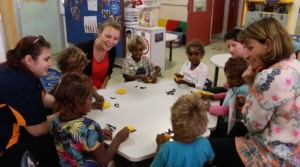
- HAR 5 gradually introduces the long SAE vowels.
- HAR 9 includes the SAE diphthongs.
- From HAR 13 all SAE vowel sounds are used.
Compounding Vocabulary
71 new words are progressively introduced over 10 books. Reader 1 starts with 7 words. To reinforce the new vocabulary, words are repeated frequently throughout the books. New words are introduced a few at a time. The vocabulary continues to increase over Readers 11 to 20.
Songs and Rhymes
There are songs or rhymes at the end of each book which teach oral SAE. The songs and rhymes reinforce the vocabulary, specific SAE pronunciation or an aspect of grammar that was focussed upon in that particular book. Songs and rhymes, as well as being fun, are known to assist in the acquisition of language skills.

Jessica Mauboy, Joseph Relic and Margaret James sing "Kamilu tjawani" (HAR song in Pitjantjatjara) (2013) with an excited group of children.
Focus on Grammar
Learning English as an Additional Language is more successful if learners are explicitly taught the grammar. Resources that help the teacher to do this are included in the supplementary materials.
Learn-to-read Program
The Honey Ant Reading Program includes resources supporting the teaching of oral language, phonics and reading.

